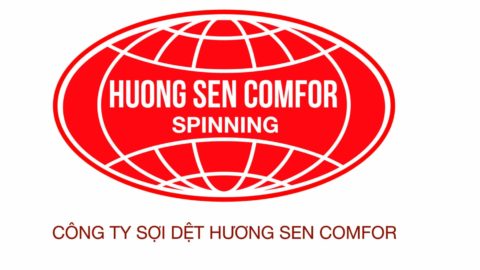
From the beginning of May 2020, Huong Sen Comfor Textile Fiber Co., Ltd. has participated in the program to Maintain Overall Productivity (TPM) under the consultation of experts from EPRO Consulting Joint Stock Company. This is a support program within the framework of the project “Improving productivity and quality of industrial products and goods” of the Ministry of Industry and Trade.
During the TPM implementation, several improvement groups were formed. Among them was the yarn quality improvement group with the topic “Reducing thin, thick, CVb errors at pile 109 to pile 112 on machine number 1”. The group is led by Ms. Pham Thi Ha, Head of Technology – Experiment Department. Participating in the project are 5 other members from machine operation and maintenance departments. The group also received support from Mr. Nguyen Van Thi, Factory Director.
The scope of the subject was the spindles 109 to 112 of the digit machine. The goal of the thesis was to bring the thin error from 4 points to 0, the thick error from 109 to 65 points and the CVb error from 3, 1% about 1.9%.
The reason for the topic “Reducing thin, thick, CVb errors at piles 109 to pile 112 on machine number 1” was chosen because the Company is implementing product quality control for each spindle. During daily work, the test staff found that the quality test results at spindles 109 to 112 were always higher than that of the other spindles despite the same material.
First of all, the improvement team worked together to find out the current state and working principle of the machine on all stages to identify the possible fault locations. Then, to determine the root cause, the team conducted an analysis. Human, material, method, equipment and environmental factors have been reviewed by the team and found that there are a number of causes of quality failure mainly coming from equipment such as:
After discussing and evaluating on the machine, the team identifying cause number 6 is likely to lead to quality error should conduct further analysis using the 5Why tool. The analysis involved members of production management, equipment maintenance, and production director who supported the team. An action plan is set up to fix the causes of the problem:
– Control environmental conditions, ensure the humidity in the machine room is about 55 to 60% (depends on the batch of raw materials and the outside environment).
– Develop instruction manuals for sliver piecing and splicing and train workers to correct splicing techniques. The team leader supports new workers (working time less than 3 months) to ensure that the machine runs stably, not to let piles die.
– Replace the knee supporting pile 109 to balance the skin tension bar.
When testing the above solutions, the team found that the yarn quality at spindles 109 -112 was satisfactory. So the team keeps implementing the solutions and monitoring the quality at this range continuously. Through monitoring data from May 31, 2020 to July 28, 2020, we found thin, thick, CVb errors at piles 109-112 of machine number 1 that met the standard.
Productivity and Quality Office